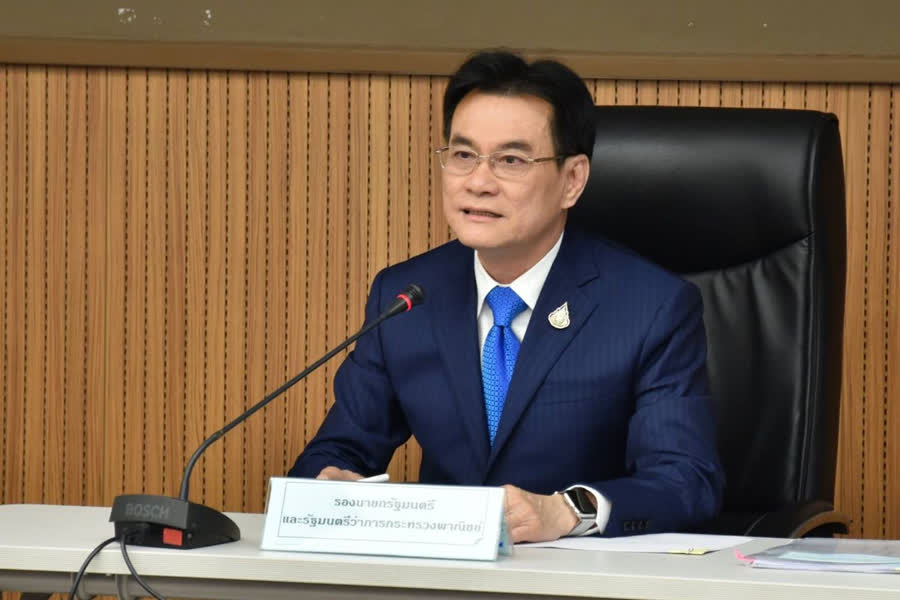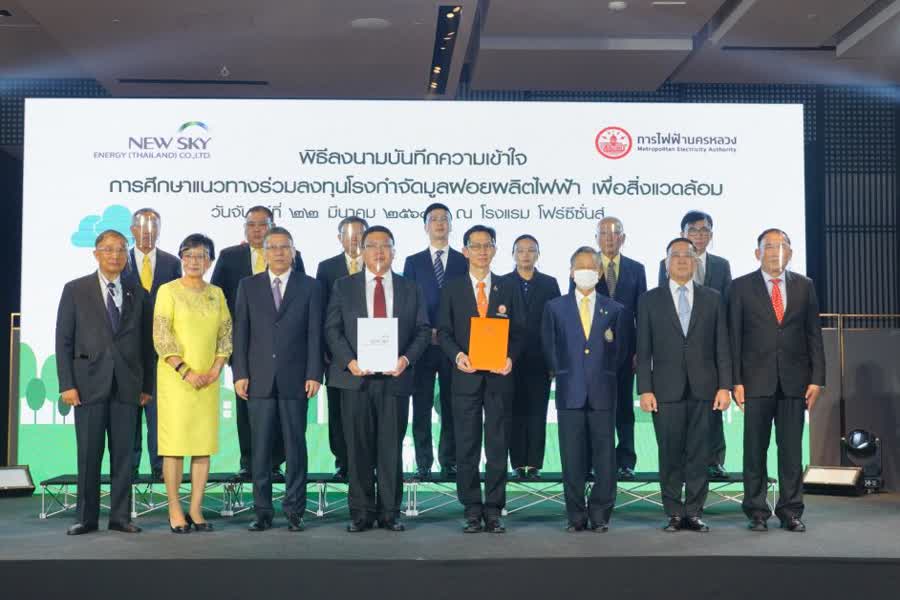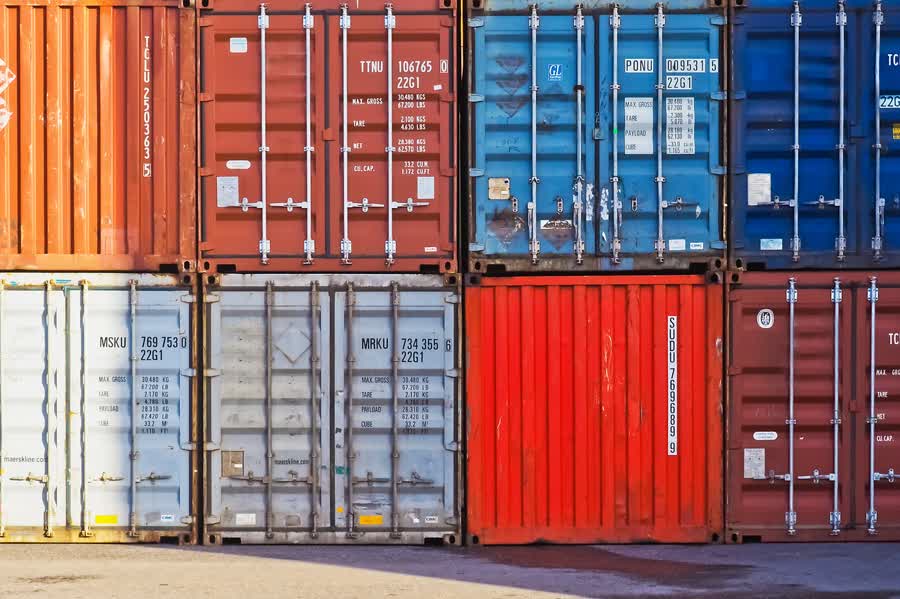Economics
Malnutrition denies children opportunity and stunts economic development


Nearly 50 years ago, books such as Asian Drama: An Inquiry Into The Poverty Of Nations, by the Swedish economist and Nobel laureate Gunnar Myrdal, offered a dire prediction of famine and poverty for the region in coming decades.
Instead, Asian nations have lifted hundreds of millions of people out of poverty in the past decades, as countries including China and Vietnam grew into middle-income economies. And Lao PDR and Myanmar have recently reached lower-middle-income status.
The economic success has not been matched by equal progress in addressing malnutrition in the region. The prevalence of stunting has decreased, but it remains relatively high in several countries.
About 17 million stunted children live in Indonesia, the Philippines, Myanmar, Vietnam, Cambodia and Papua New Guinea, with prevalence exceeding 20 percent in each country. Several smaller countries have some of the world’s highest stunting rates among children under five, including 58 percent in Timor-Leste, 44 percent in Lao PDR and 41 percent in Cambodia.
Stunting on such a large scale poses a significant threat to East Asia’s children, affecting brain development and leading to lower physical and mental capabilities. In fact, stunting is the leading cause of child mortality worldwide, accounting for 35 percent of all child deaths.
Even after they recover, the damage to their health continues. Studies show that rapid weight gain after age two among stunted children can increase the risk of becoming overweight or obese later in life and can contribute to heart disease, stroke, hypertension, or Type-2 diabetes.
People with childhood stunting tend to have learning challenges. As a result, they are less prepared when they enter the job market and tend to earn lower wages than those without childhood stunting. Their lifetime earnings are estimated to be 10 percent less than their counterparts.
Collectively, this translates into reduced economic productivity in developing countries and billions of dollars in lost revenue. Research shows that reducing the prevalence of stunting can increase gross domestic product by up to 11 percent a year in Asia and Africa.
Against this backdrop, we welcome the U.N.’s inclusion in the new Sustainable Development Goals the goal of ending all forms of hunger and malnutrition by 2030. This will require a collective effort by a broad coalition of governments, non-governmental organizations, families and individuals, as well as an unwavering commitment by the international community. It will require money, a greater urgency to spur action, and the ability of national governments to implement evidence-based policies.
Most important is to address the underlying causes of malnutrition: it’s not just a matter of not having enough to eat. In fact, many children in families that have escaped poverty continue to suffer from inappropriate infant feeding, a lack of healthy food choices, poor sanitation, and inadequate healthcare services.
For that reason, it is important to address stunting, as well as obesity, by mobilizing professionals working in multiple…
Economics
National News Bureau Of Thailand

BANGKOK (NNT) – The Commerce Ministry has launched measures to increase rice exports to 6 million tons this year, valued at around 150 billion baht, with Indonesia, China, Bangladesh and Iraq set to be the main markets under government-to-government (G2G) deals.
Commerce Minister Jurin Laksanawisit said G2G deals and a campaign to make Thai rice more recognizable around the world will spearhead efforts to increase the export volume from last year’s 5.7 million tons.
He said the ministry is working with the Thai Rice Exporters Association to promote Thai rice under the “Think Rice, Think Thailand” campaign, adding that Thailand successfully made Thai rice become better known in Canada, increasing its exports to the country by 21% to 120,000 tons last year.
Mr Jurin said one of the distinctive characteristics of Thai rice is its very low sugar content. This would make it the preferred choice among Canadians as 28% of the Canadian population has high blood sugar levels.
Economics
Bangkok Metropolitan Energy Authority (MEA) partners with Chineses owned Newsky Energy (Thailand) Company

The MEA has signed a Memorandum of Understanding with private firm Newsky Energy Thailand on co-investment arrangements for waste-to-energy power plants in the Nong Khaem and On Nut districts of Bangkok, a project costing about 10 billion baht.
MEA Governor Kirapat Jiamset, said today that each of the waste-to-energy plants will have a generating capacity of 35 megawatts of electricity using 1,000 tons of waste as fuel each day.
Mr Kirapat said the two power plants will be introduced along with the smart grid system, which allows communities in service areas to receive power entirely from these plants, independent of the main power lines.
New Sky Energy Thailand CEO He Ning said the company has been working with the Bangkok Metropolitan Administration to operate a waste-to-energy incinerator at Nong Khaem dump, which converts 500 tons of garbage into electricity each day.
Operating since 2016, Mr Ning said the incinerator has been continuously feeding electricity to the MEA, with systems in place to take care of the environment and nearby communities.
The proposed new waste-to-energy plants are currently in the public consultation process. The construction of these projects is expected to commence later this year, and come online in the electricity grid in 2024.
According to the Department of Business Development, Newsky Energy (Thailand) Company Limited is currently registered as an electric power generation and transmission company in Thailand. The company is 100% owned by Chinese investors and reported a -7.25% net profit in the fiscal year 2019.
Economics
Thailand sets export growth target at 4% for 2021

BANGKOK (NNT) – Thailand has seen export growth of 0.35 per cent in the first month of the year. The Commerce Minister has ordered the Department of International Trade Promotion to advance an action plan to accelerate growth, which is set at 4 per cent this year.
(more…)





